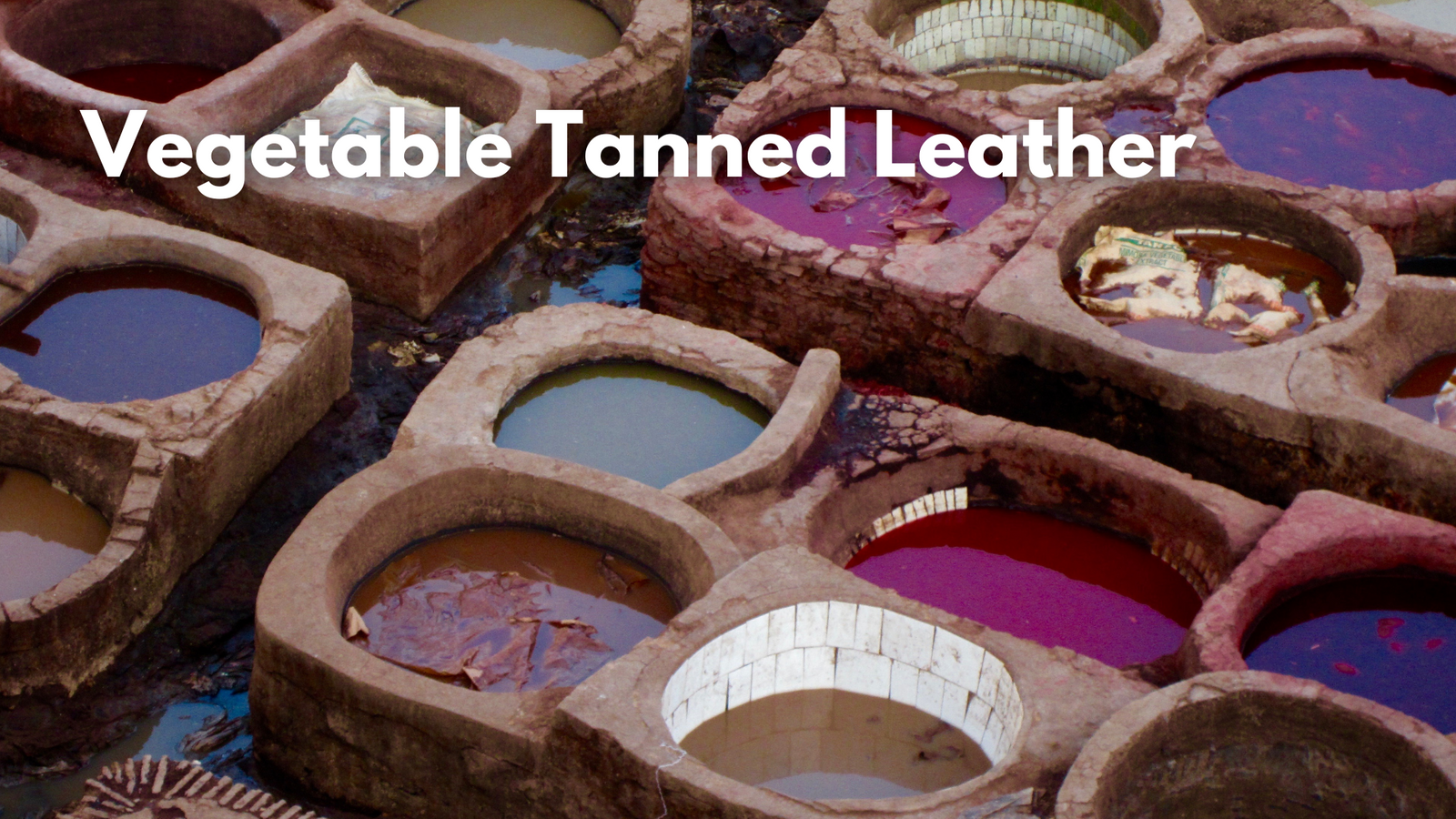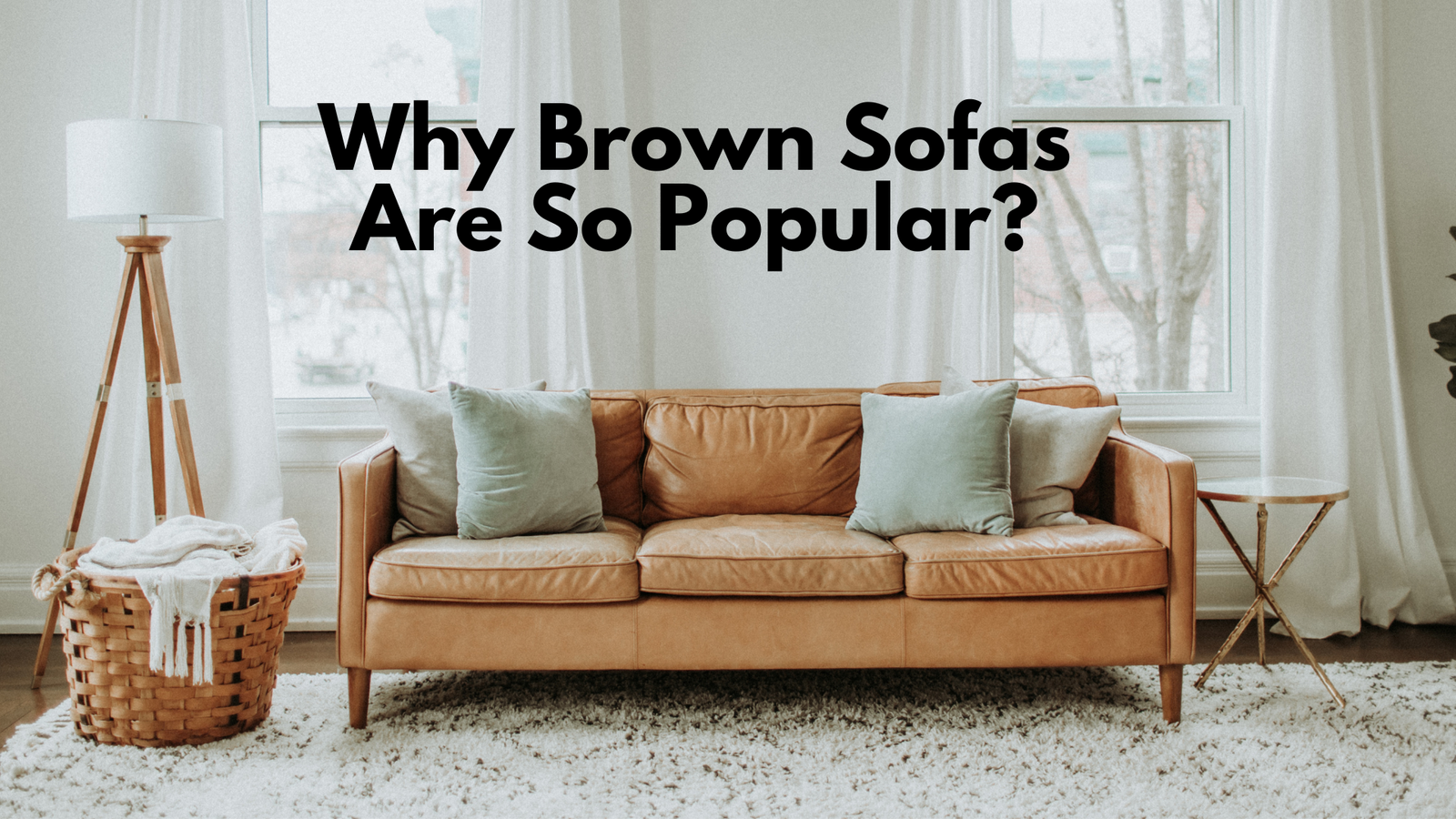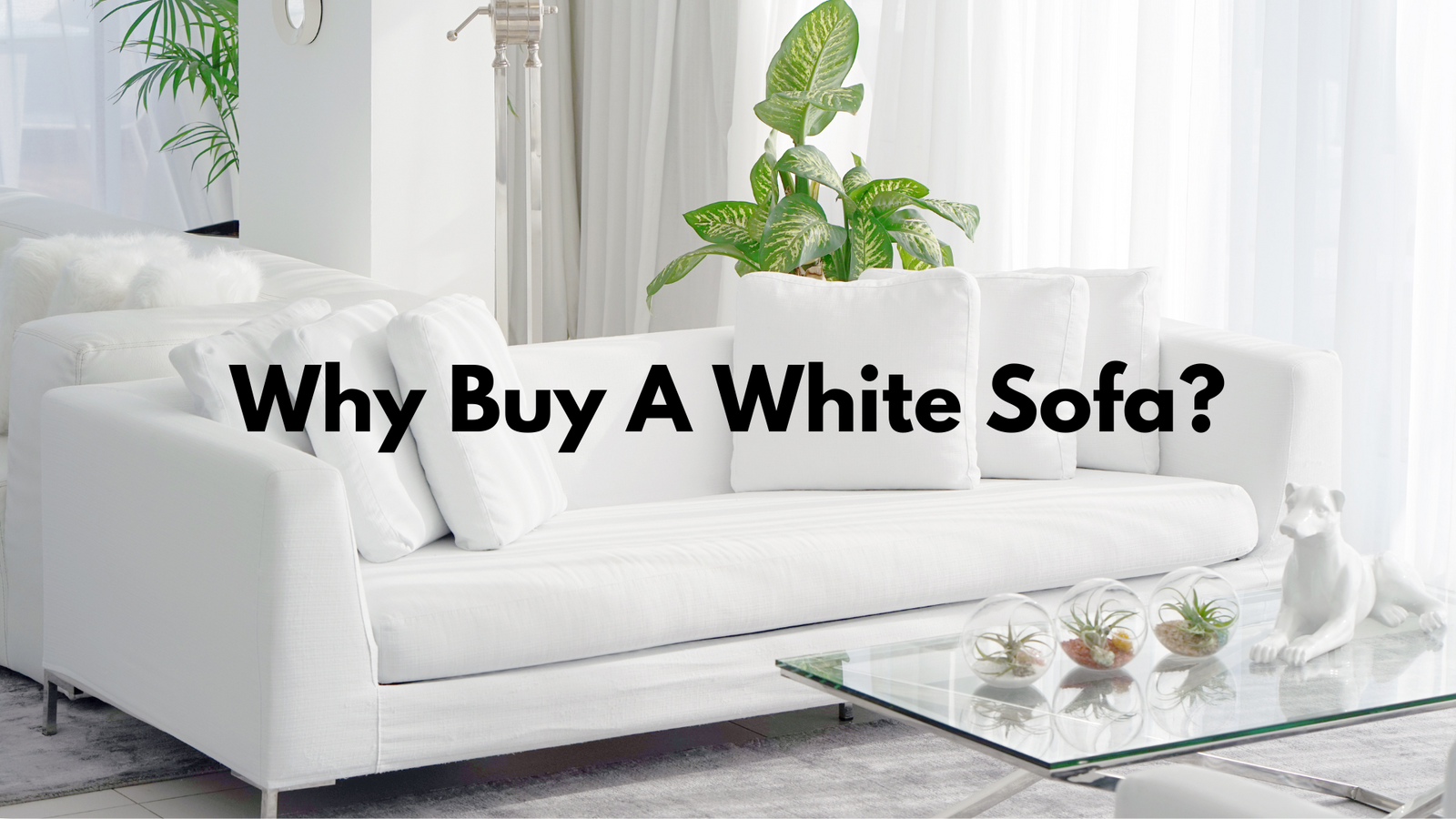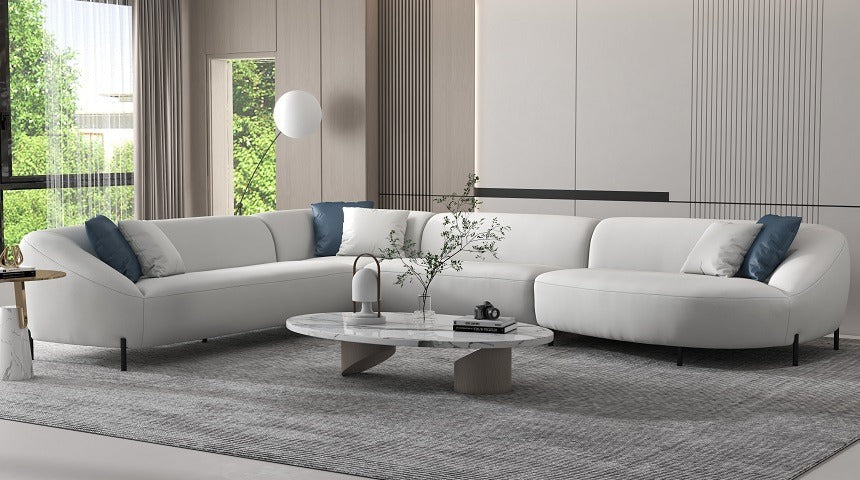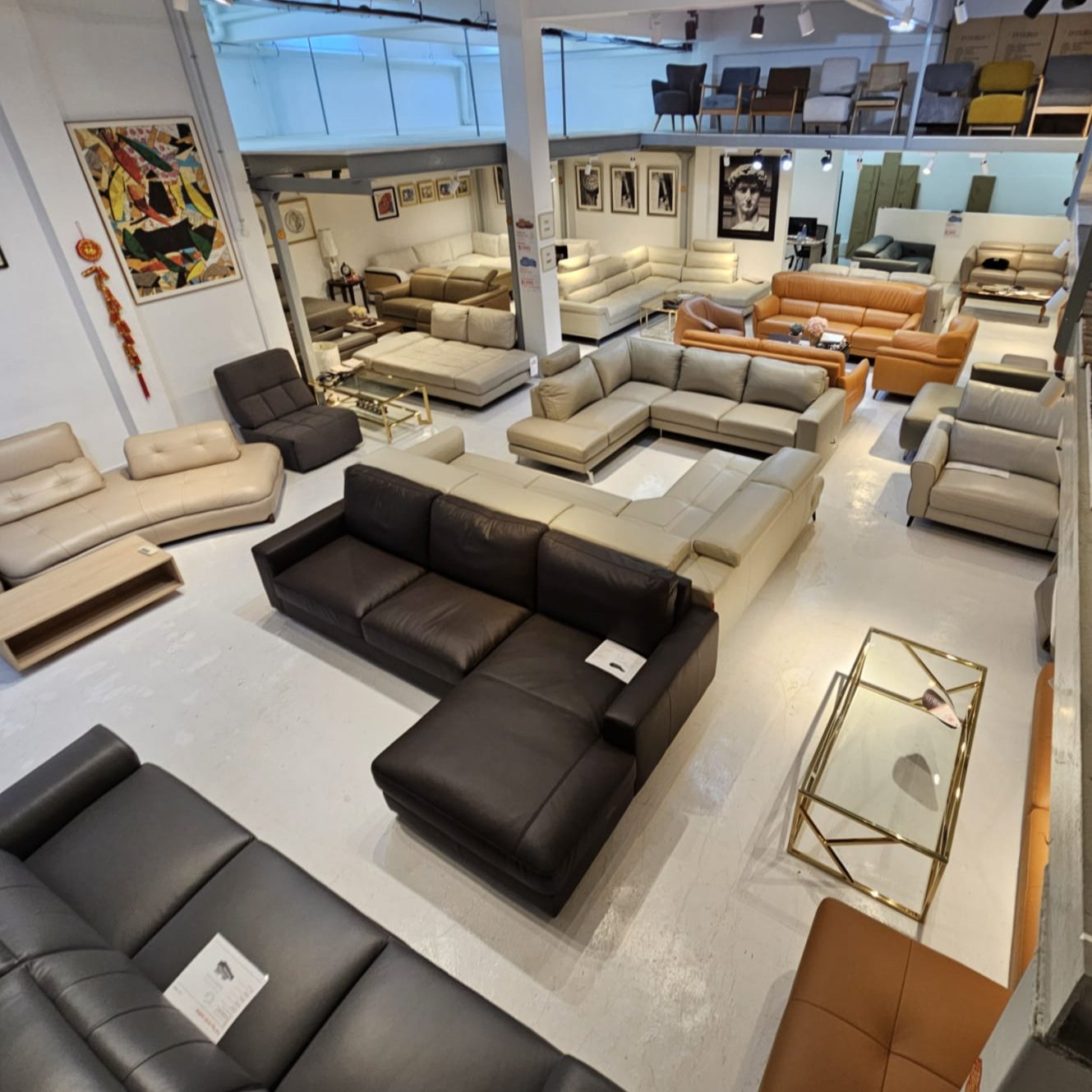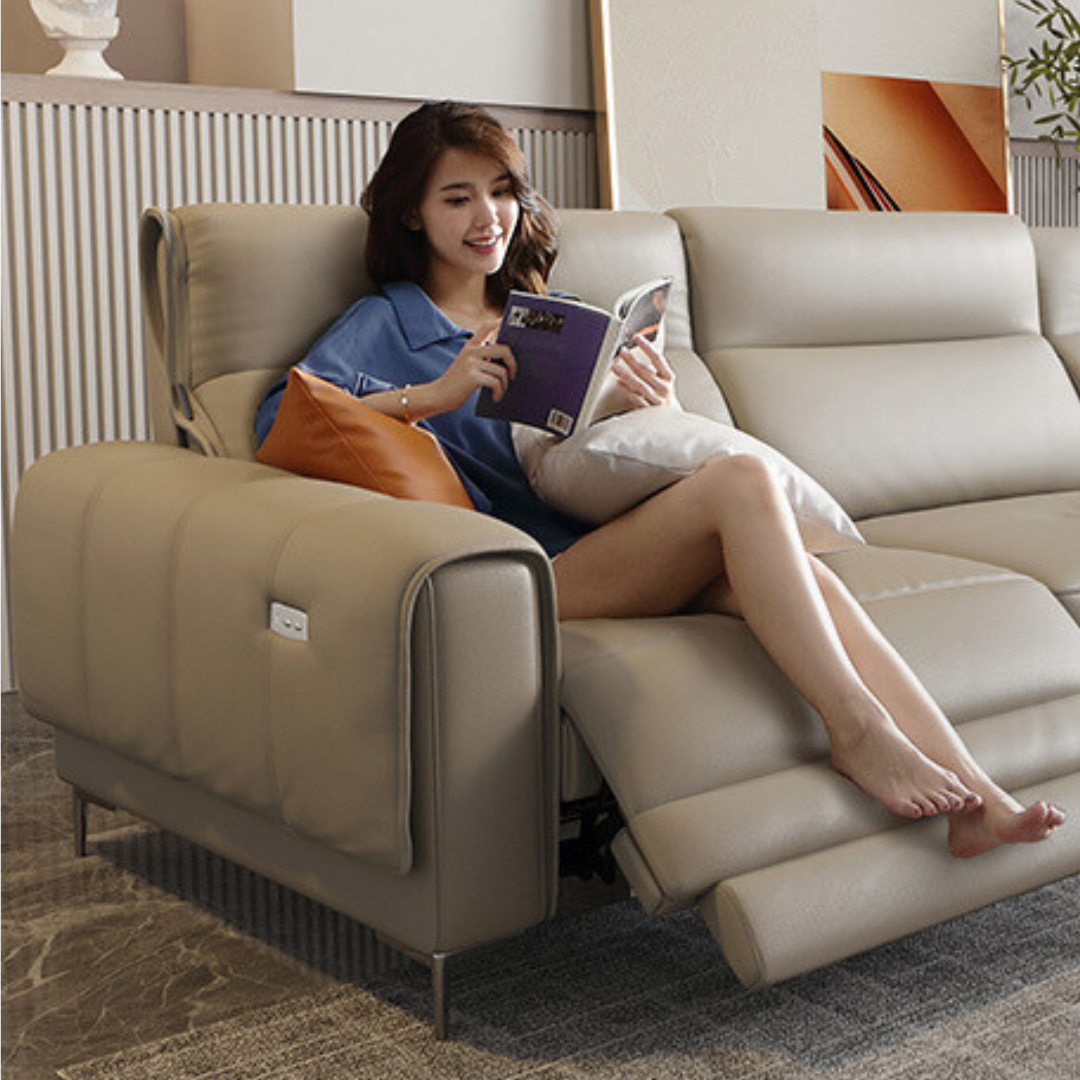Vegetable tanned leather is often praised for its natural, eco-friendly tanning process and rich character. However, while it's great for certain products like belts or bags, it's not always the best choice for sofas. Below are ten reasons why such this type of leather may not be the ideal material for your living room furniture.
1. Expensive Production Process
Vegetable tanned leather is generally more expensive to produce than chrome tanned leather. The tanning process uses natural plant-based tannins, which take much longer to process. This extra time and effort drive up the cost, making sofas made from such leather type significantly more expensive for consumers. If you're looking for a cost-effective option, vegetable tanned leather might not fit the bill.
2. Limited Color Options
One of the drawbacks of vegetable tanned leather is the limited range of colors available. The natural tanning process results in earthy tones such as browns, tans, and occasional greens, but it lacks the bright, bold colors that other tanning methods, like chrome tanning, can achieve. If you’re looking for a sofa that comes in vibrant colors to match your home decor, vegetable tanned leather won’t provide much variety.
3. Sensitive to Moisture
Vegetable tanned leather is highly sensitive to moisture, which makes it problematic for use in sofas. If the leather comes into contact with liquids, it can easily absorb the moisture, leading to stains, discoloration, and even mold growth. In homes where spills are likely, such as households with children or pets, a vegetable tanned leather sofa may require extra care and protection.
4. Curls and Shrinks in Contact with Hot Water
Vegetable tanned leather has a tendency to curl or shrink when it comes into contact with hot water or high levels of heat. This characteristic can pose significant challenges when it comes to cleaning or if the sofa is placed in a room with fluctuating temperatures. This sensitivity makes vegetable tanned leather less practical for use in furniture that may be exposed to varying conditions over time.
5. Less Fire Resistant
Compared to other types of leather, vegetable tanned leather is less fire resistant. While it is a natural product, its ability to withstand fire is lower due to the absence of flame-retardant chemicals. This can be a safety concern, especially if the sofa is placed in a high-risk area, such as near a fireplace or in a home where fire safety is a priority.
6. Prone to Stiffness
Vegetable tanned leather tends to be stiffer than chrome tanned leather, which can affect comfort. When used for sofas, this stiffness might result in a less comfortable seating experience. Over time, the leather may soften, but this initial rigidity can be a drawback for those looking for immediate comfort in their furniture.
7. Requires High Maintenance
Sofas made from vegetable tanned leather require regular upkeep to maintain their appearance and texture. The leather is prone to scratches, scuffs, and fading, especially when exposed to sunlight or moisture. Frequent conditioning is necessary to keep the leather supple, which adds another layer of maintenance. For busy households, this level of care may not be practical.
8. Inconsistent Texture
The natural tanning process often results in variations in texture and appearance. While this can add character to smaller leather goods, it may not be ideal for large items like sofas, where a consistent appearance is usually desired. Inconsistencies in the leather could detract from the overall aesthetic of the sofa, especially for those seeking a sleek and uniform look.
9. Limited Resistance to Heat
Vegetable tanned leather doesn’t perform well under heat exposure. Placing a sofa in direct sunlight or near heat sources like radiators can cause the leather to dry out, crack, or change color. Unlike chrome tanned leather, which is more resistant to temperature fluctuations, vegetable tanned leather is more delicate and may require specific placement in a room to avoid damage.
10. Longer Tanning Process
The process of vegetable tanning can take several weeks or even months, which results in fewer manufacturers offering this type of leather for mass production. The longer lead time contributes to higher costs, and it can also make finding a vegetable tanned leather sofa more difficult. If you’re in the market for a new sofa and don’t want to wait, this may be a significant drawback.
Americana 3-Seater (RN0941) 2.06m Zero Wall Full Top Grain Leather Electric Recliner Sofa (I)
Conclusion
While vegetable tanned leather is often celebrated for its environmental benefits and natural aesthetic, it falls short when it comes to practical use in sofas. From its high cost and limited color options to its sensitivity to moisture, heat, and fire, vegetable tanned leather requires careful consideration before being chosen for upholstery. For a more durable, versatile, and cost-effective option, other types of leather, such as chrome tanned, may be better suited for your home.
Recommended Links
- Shop all KUKA leather sofas.
- Recliner Collection.
- Caring for PU, PVC, and faux leather sofas and furniture.
- Semi-Aniline Leather vs. Full-Aniline Leather: Understanding the Difference.
- Leather Sofas - Top 10 Frequently Asked Questions (Singapore).
- Shop solid wood sofas.
- Shop leather recliners.
- Follow our facebook page for the latest deals.

